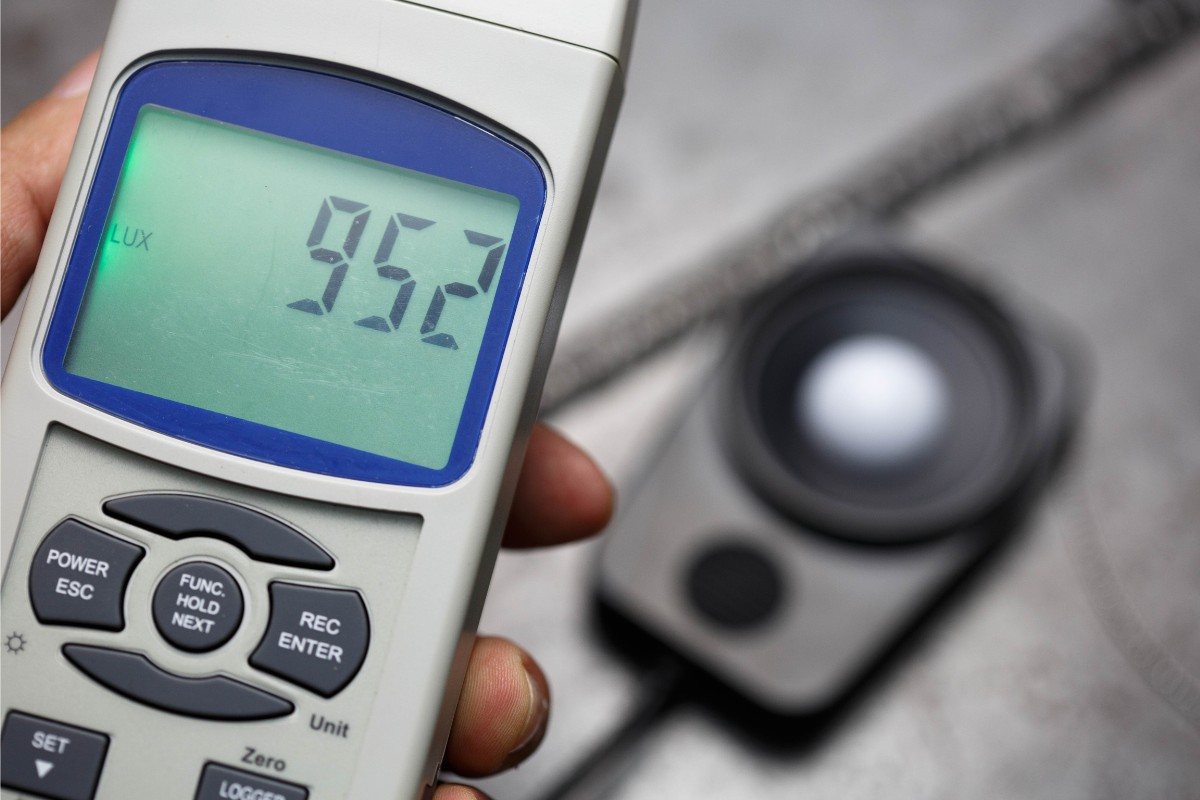What is Ultrasonic Sensor
The ultrasonic sensor is a type of sensor or technology that utilizes high-frequency sound waves to detect the presence and distance of objects. An ultrasonic sensor operates by emitting sound waves at a frequency above the upper limit of human hearing and measuring the time it takes for the waves to bounce back after hitting an object.
Get Inspired by Rayzeek Motion Sensor Portfolios.
Doesn't find what you want? Don't worry. There are always alternate ways to solve your problems. Maybe one of our portfolios can help.
The sensor consists of a transducer, which both emits the ultrasonic pulses and receives the echoes. These pulses, typically at a frequency of 40kHz, travel through the air and are reflected back when they encounter an obstacle or object. By calculating the time lapse between emission and reception, the sensor can determine the distance to the object.
Ultrasonic sensors are known for their reliability in various lighting environments, as they are not affected by factors such as light, smoke, dust, color, or material properties, except for very soft materials that can absorb sound. This makes them suitable for non-contact detection of targets with varied surface properties.
In the lighting industry, ultrasonic sensors find applications in collision avoidance, presence detection, level sensing, position detection, and distance measurement. They are particularly effective for detecting clear and transparent objects, making them useful in scenarios where optical technologies may fail. Ultrasonic sensors are widely used in occupancy sensors to detect the presence of people and adjust lighting accordingly, as well as in daylight harvesting systems to measure the amount of natural light and optimize artificial lighting levels. They can also be utilized in outdoor lighting systems for security purposes, triggering the activation of lights or other security measures upon detecting the presence of objects or individuals.
Looking For Motion-Activated Energy-Saving Solutions?
Contact us for complete PIR motion sensors, motion-activated energy-saving products, motion sensor switches, and Occupancy/Vacancy commercial solutions.
Frequently Asked Questions
What Is Ultrasonic in Simple Terms
Ultrasonics refers to vibrations that have frequencies higher than what humans can hear, typically greater than 20 kilohertz. Ultrasound waves with very high amplitudes are also referred to as sonic.
How Does an Ultrasonic Light Sensor Work
Ultrasonic light sensors operate by emitting sound waves at a frequency that is beyond the range of human hearing. Subsequently, they wait for the sound waves to bounce back and calculate the distance based on the time it takes for the waves to return. This process is comparable to how radar measures the time it takes for a radio wave to come back after colliding with an object.
Is Ultrasonic the Same as Infrared
Ultrasonic sensors utilize sound waves, known as echolocation, to gauge the distance between an object and yourself. Conversely, IR sensors employ Infrared light to ascertain the presence of an object. These sensors also vary significantly in terms of accuracy and reliability.
What Devices Use Ultrasonic Sensors
Ultrasonic sensors are commonly utilized as proximity sensors in various devices. They can be found in automobile self-parking technology and anti-collision safety systems. Additionally, ultrasonic sensors are employed in robotic obstacle detection systems and manufacturing technology.
What Is the Frequency in Ultrasonic
Sounds with a frequency of 20 kHz and above are known as ultrasound or ultrasonic sound. High frequency sound falls within the range of 8 to 20 kHz. Sound with a frequency higher than 16 kHz is barely audible, but it is not entirely inaudible.
What Are 3 Disadvantages of Using Ultrasonic Sensors
Some drawbacks of traditional ultrasonic sensors are restricted testing range, imprecise measurements, and rigid scanning techniques. Nevertheless, these limitations can be addressed and surpassed by utilizing appropriate non-destructive testing tools and methodologies.









